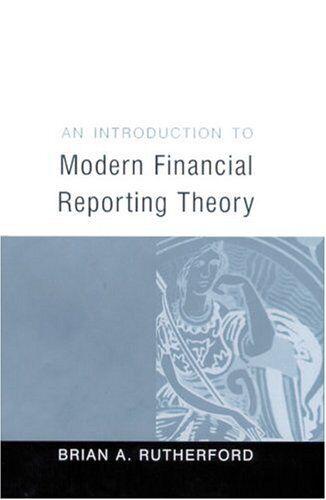Question
7. AASB 3 prescribes the acquisition method in accounting for a business combination. Which of the following is a step in acquisition method? Select one:
7. AASB 3 prescribes the acquisition method in accounting for a business combination. Which of the following is a step in acquisition method?
Select one:
a. Recognise and measure the identifiable assets acquired with no need to measure the liabilities assumed & any non-controlling interest in the acquiree;
b. Determine the value of group liabilities.
c. None of the given answers are correct.
d. Recognise and measure the identifiable assets acquired, the liabilities assumed, and any non-controlling interest in the acquiree;
4. A lease is a legal agreement by which the owner of a specific asset (lessor) allows a second party (lessee) to use the asset for a specific period in exchange for periodic payments to the lessor. At the commencement of the lease agreement the lessor recognises the balance of the lease receivable as the:
Select one:
a. The present value of the lease payments receivable from the lessee and the present value of the unguaranteed residual value.
b. The present value of the residual value of the asset.
c. The nominal value of the lease payments receivable from the lessee.
d. The present value of the lease payments receivable from the lessee and the present value of guaranteed residual value.
Question 6
6. AASB 136 Impairment of Assets (the standard) sets out the requirements to account for and report impairment of most non-financial assets. According to AASB 136, Entities are required to conduct impairment tests to ensure their assets are not;
Select one:
a. None of the given answers are correct.
b. Understated in the balance sheet
c. Overstated in the income statement.
d. Overstated in the balance sheet.
10. All of the following are steps in identifying cash flows using reconstruction of accounts approach except
Select one:
a. Determine as the missing item in the account the cash necessary to arrive at the closing balance
b. Include the entries in the account that relate to non-cash
c. Determining the effects of accruals
d. Record the opening and closing balances of the account
Step by Step Solution
There are 3 Steps involved in it
Step: 1

Get Instant Access to Expert-Tailored Solutions
See step-by-step solutions with expert insights and AI powered tools for academic success
Step: 2

Step: 3

Ace Your Homework with AI
Get the answers you need in no time with our AI-driven, step-by-step assistance
Get Started


